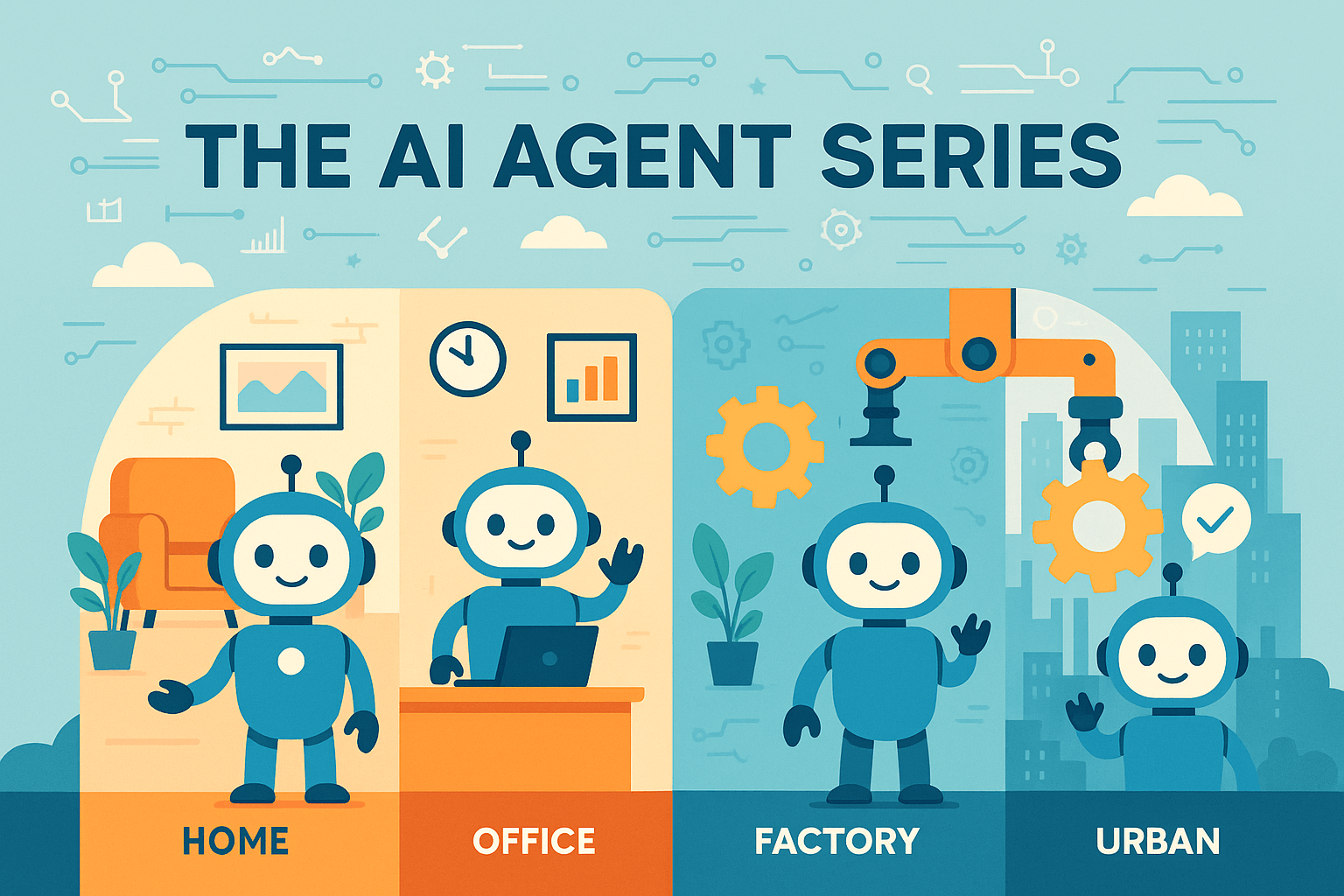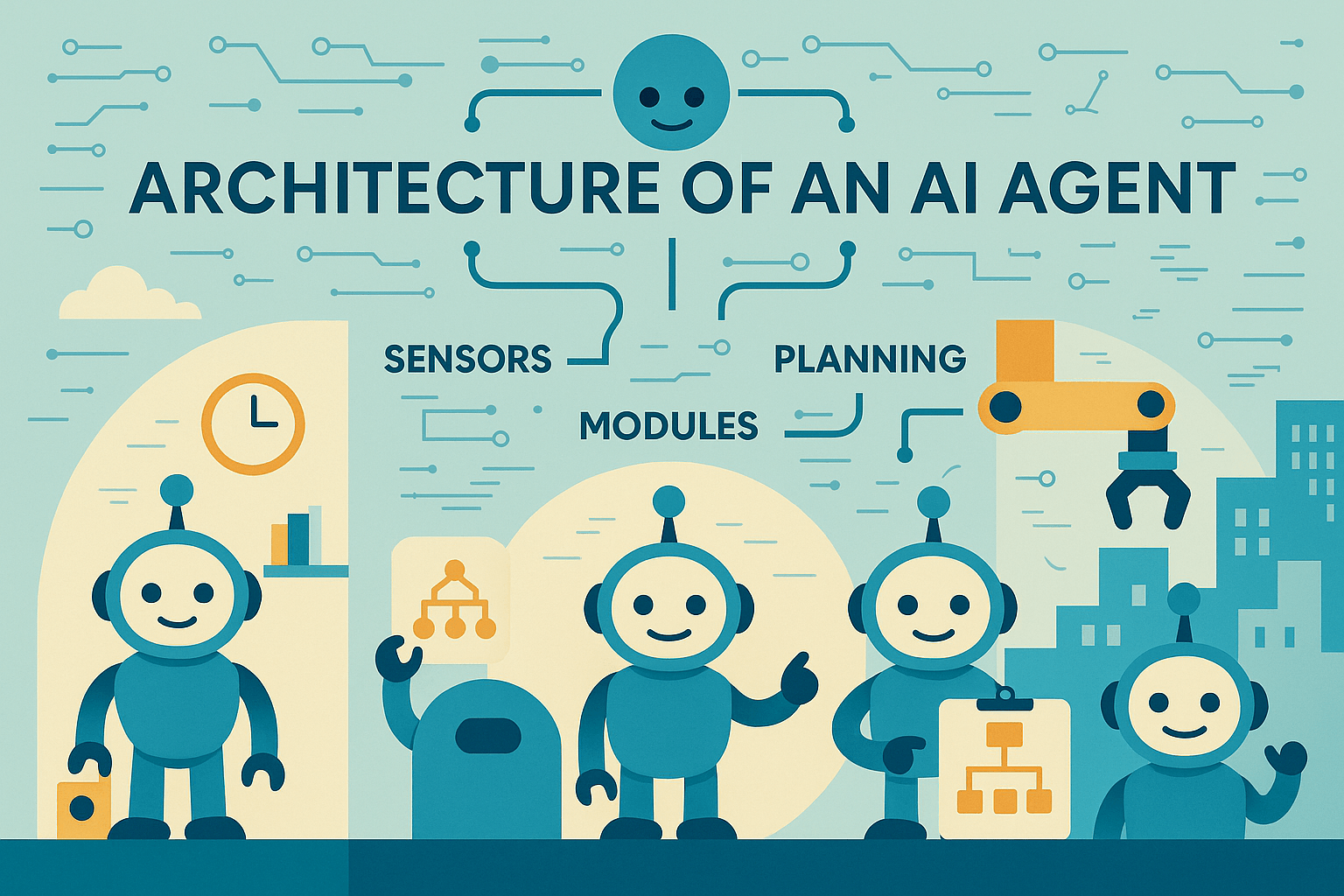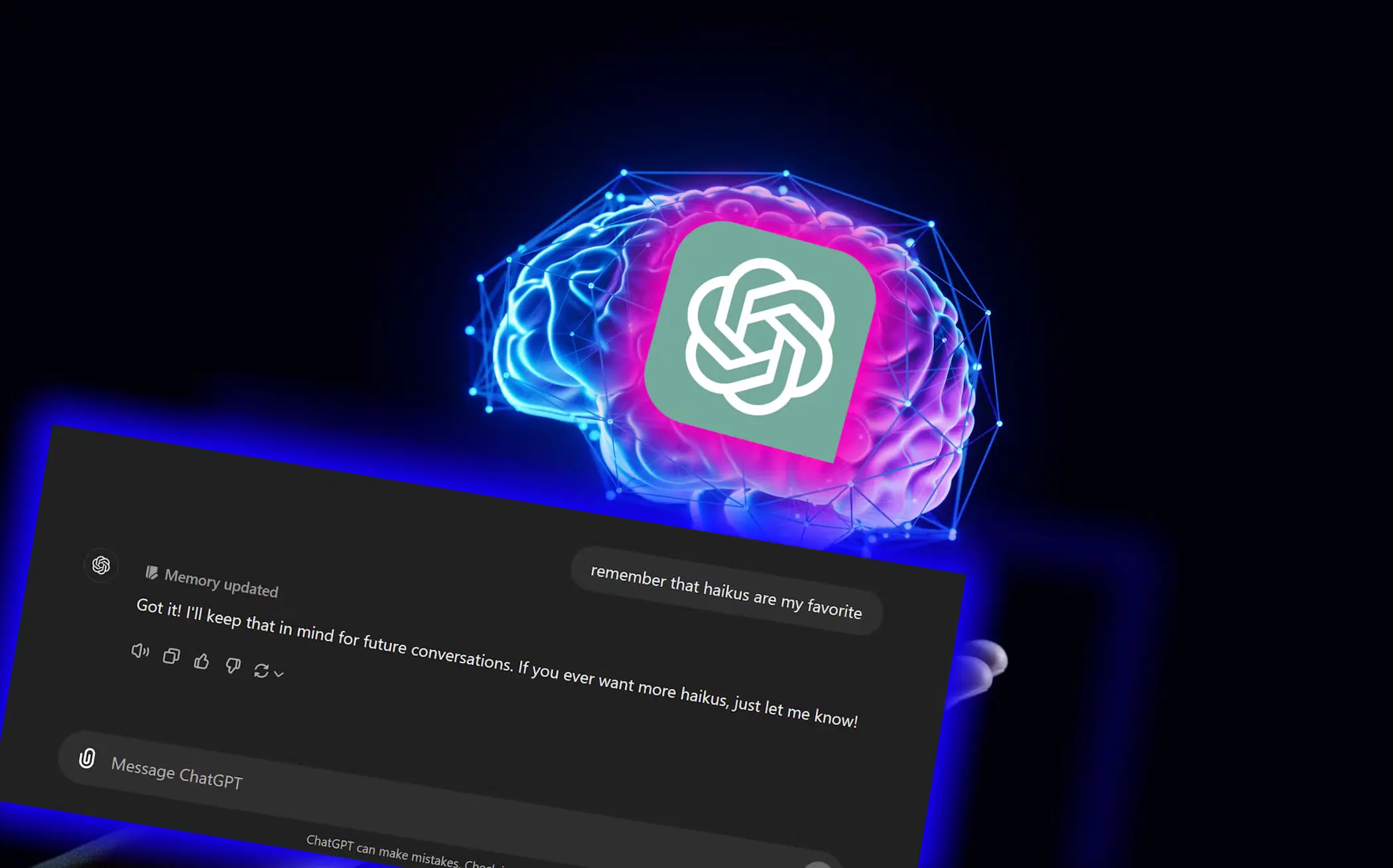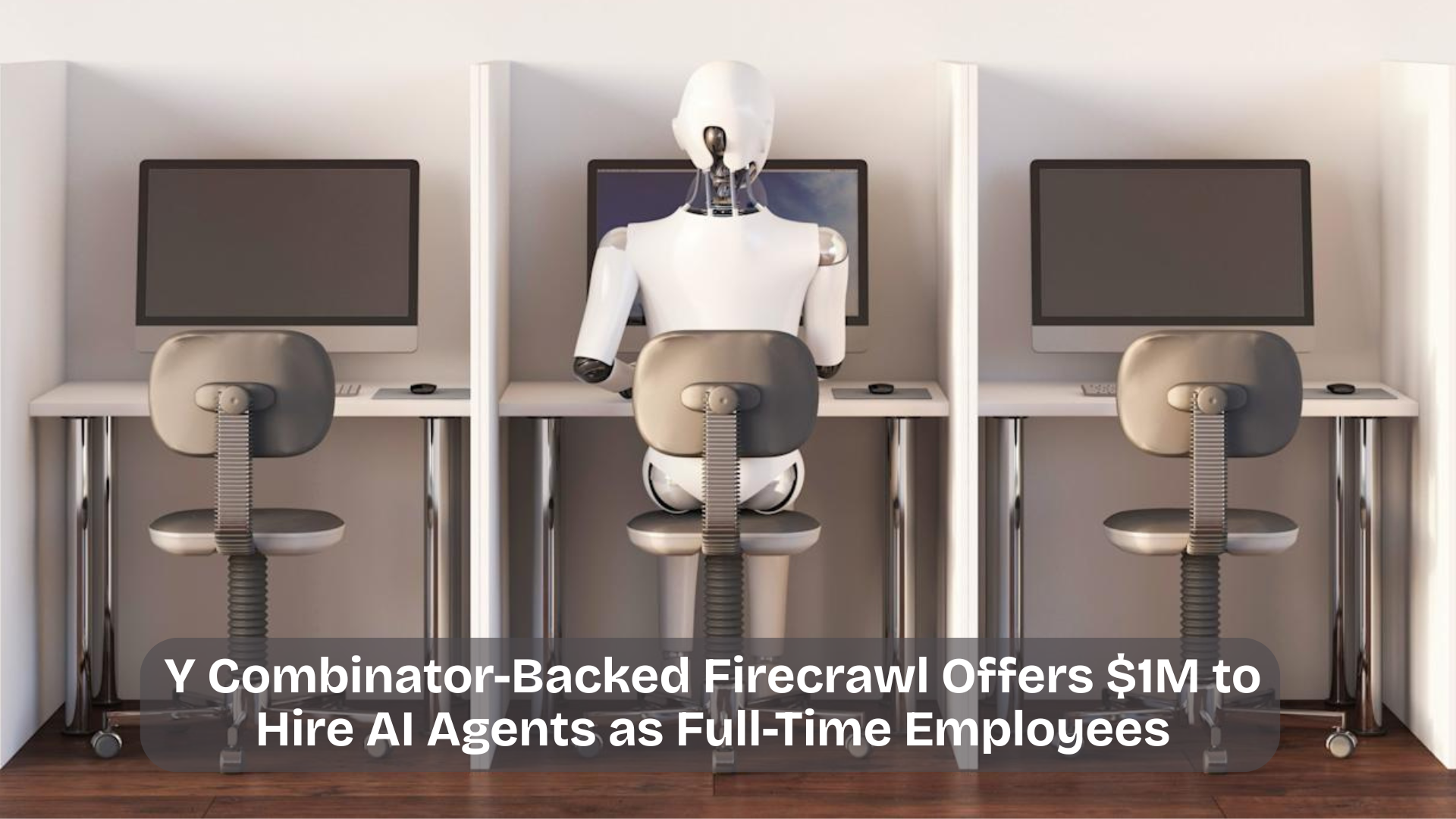Now Reading: 5 Powerful Types of AI Agents Explained: From Reactive to Learning Agents
-
01
5 Powerful Types of AI Agents Explained: From Reactive to Learning Agents
5 Powerful Types of AI Agents Explained: From Reactive to Learning Agents
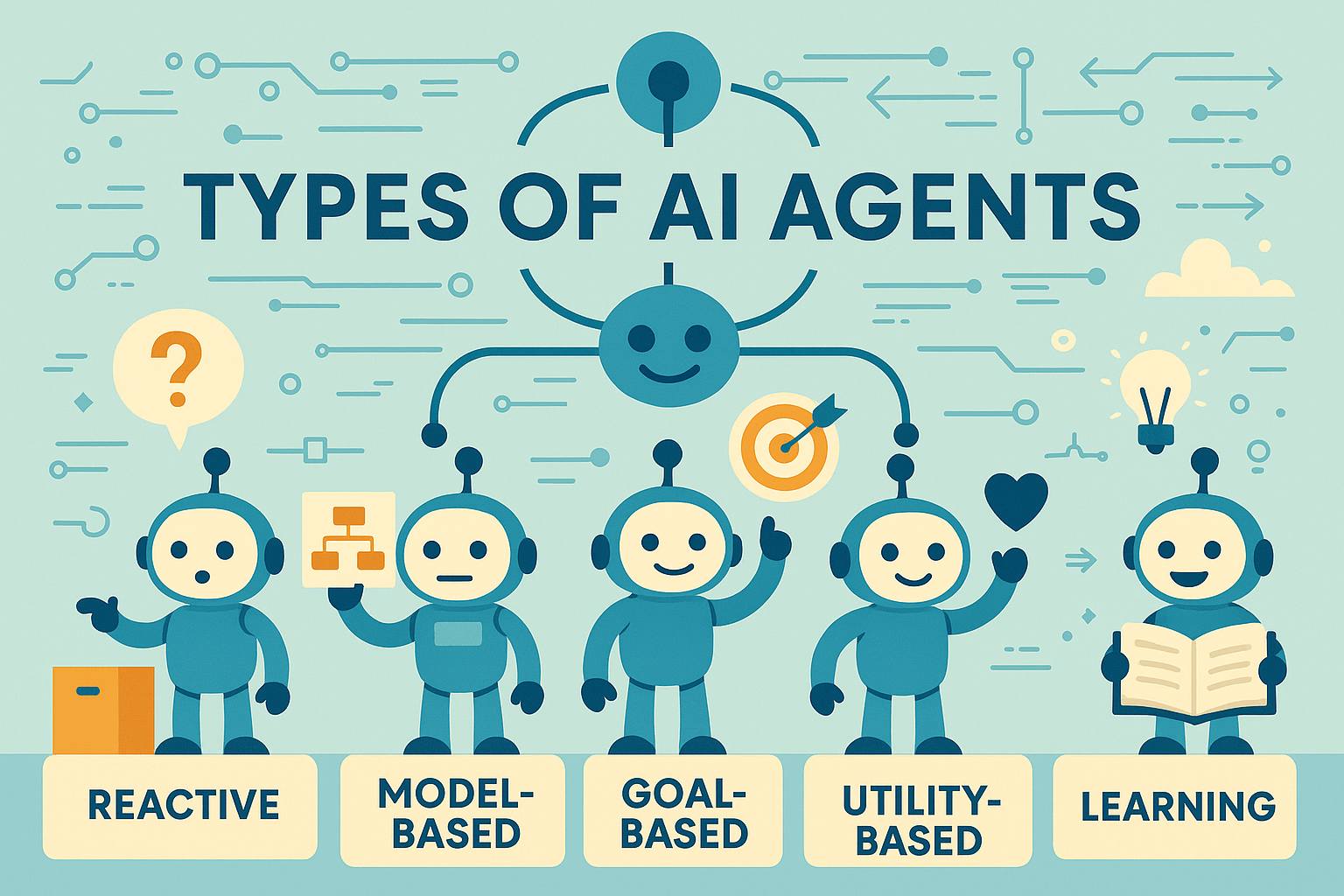
Table of Contents
This post is part of our ongoing AI Agent Series on DailyTechRadar, where we explore everything from fundamentals to advanced concepts. In this edition, we’re diving deep into the Types of AI Agents you need to know. If you missed the first post, start here with the Series Overview.
Next in the series: Understanding AI Agent Architecture →
Introduction: Why Understanding the Types of AI Agents Matters
As AI technology matures, it becomes increasingly important to understand the different types of AI agents that power modern intelligent systems. These agents vary not only in complexity but also in how they make decisions, interact with environments, and adapt over time.
In this post, we’re going to break down the five primary types of AI agents:
- Reactive agents
- Model-based agents
- Goal-based agents
- Utility-based agents
- Learning agents
By the end, you’ll be able to identify the right kind of agent for different tasks and understand why the right structure makes all the difference in performance.
What Are AI Agents, Recapped Briefly?
An AI agent is a system that perceives its environment, processes that information, and takes action to achieve a specific objective. It can be as simple as a motion sensor or as advanced as an autonomous vehicle navigating a city.
In our Series Overview, we introduced how AI agents operate in a loop: Perceive → Decide → Act → Learn. Now let’s dive deeper into the variations that arise within this structure.
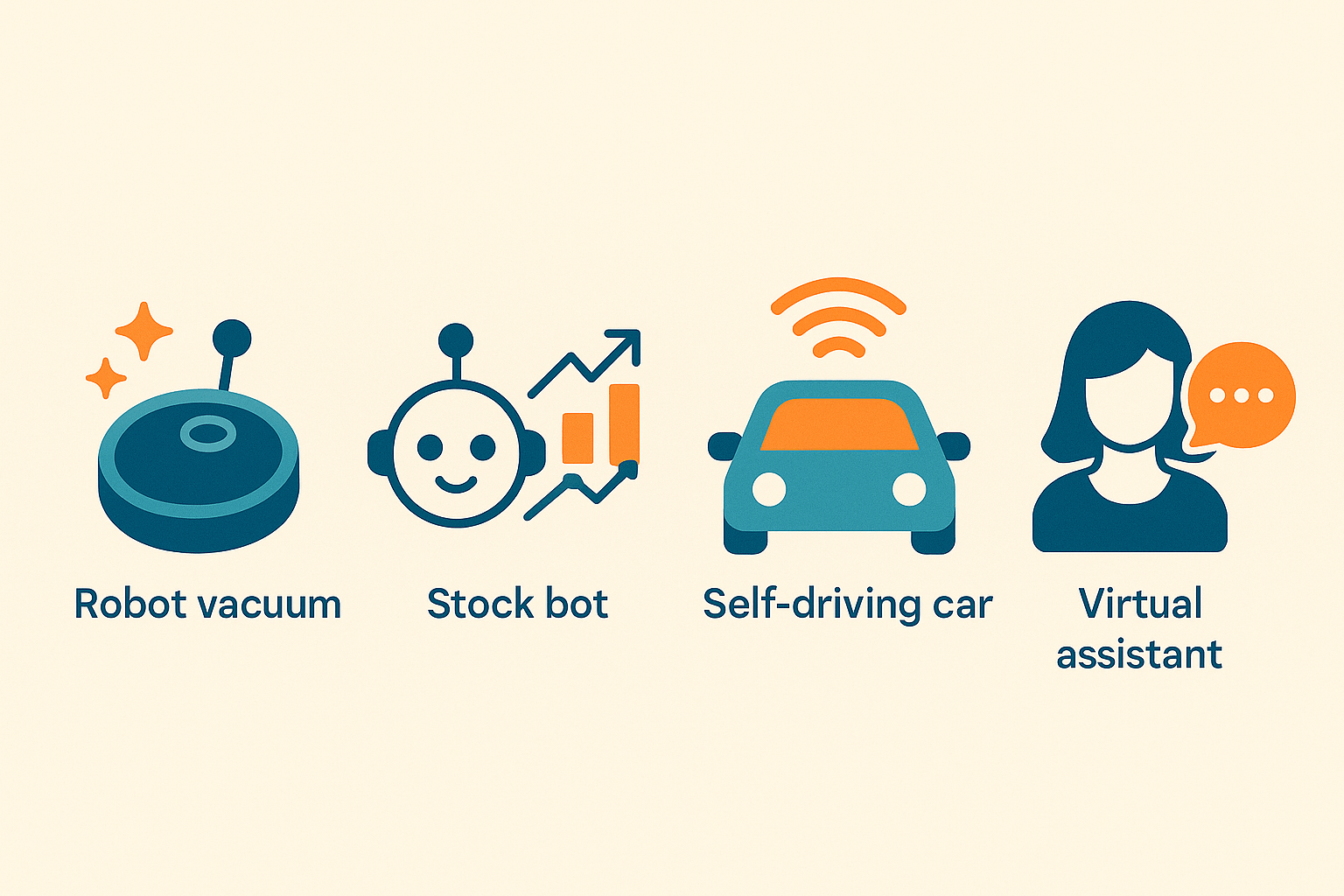
1. Reactive Agents: Simple Yet Fast
Reactive agents are the most basic form of AI agents. They operate without any internal representation or memory of the world. These agents respond directly to stimuli using pre-defined rules.
How They Work:
- They rely purely on sensor input.
- No planning or prediction—only real-time reaction.
- Their decision-making is based on condition-action rules (e.g., “if temperature > 80°F, turn on fan”).
Use Case Examples:
- Thermostats that turn heating/cooling on or off
- Obstacle-avoiding robots in basic navigation systems
- Spam filters that rely on pattern matching
Pros:
- Simple to build and execute
- Low computation cost
- Real-time performance is fast
Cons:
- Can’t adapt or learn
- No memory or prediction capabilities
- Not suitable for dynamic environments
2. Model-Based Agents: Introducing Memory
Model-based agents maintain a model of the world—an internal state that helps them understand how their actions affect the environment.
How They Work:
- These agents use sensors to perceive the environment.
- They update their internal model (belief state) based on changes.
- This model helps them plan actions and simulate consequences.
Use Case Examples:
- Self-driving cars that map traffic, road rules, and terrain
- Robots in warehouses that track item locations and paths
- Smart assistants that track calendar events, user behavior, and preferences
Pros:
- Can make informed decisions with partial information
- Handles uncertainty better than reactive agents
- Better suited for complex environments
Cons:
- Requires more computation and storage
- Complexity increases with size of the environment
- Still lacks optimization for long-term goals
3. Goal-Based Agents: Planning with Purpose
Goal-based agents go a step beyond reactive or model-based types by having a defined objective or desired outcome.
How They Work:
- They evaluate possible future actions to see which brings them closer to a goal.
- These agents often use search algorithms, heuristics, or planning techniques like A* or Minimax.
Use Case Examples:
- Navigation apps that calculate shortest or fastest route
- Chess bots that plan several moves ahead
- Autonomous drones tasked with delivery or surveillance
Pros:
- More intelligent decision-making
- Can handle dynamic changes in objectives
- Provides flexibility and adaptability
Cons:
- Planning takes time and resources
- Doesn’t necessarily optimize for the best possible outcome
- May struggle in environments with competing goals
4. Utility-Based Agents: Maximizing Value
Utility-based agents take goal-based planning to the next level. Rather than aiming for just any goal, they aim to maximize utility—a numerical value representing how desirable an outcome is.
How They Work:
- Each potential outcome is assigned a utility score.
- The agent chooses actions that maximize expected utility.
- It often involves concepts from decision theory and economics.
Use Case Examples:
- Recommendation engines like Netflix or Amazon
- Stock trading bots that consider risk vs. reward
- Autonomous energy systems that optimize consumption vs cost
Pros:
- Helps choose the best among multiple goals
- Prioritizes actions intelligently based on defined preferences
- Can be used in multi-objective optimization tasks
Cons:
- Defining the utility function can be complex
- Computational cost increases with scenario complexity
- May require frequent re-optimization as environments change
5. Learning Agents: The Evolving Intelligence
Learning agents are the most advanced category. They improve their performance over time by learning from their environment and feedback.
How They Work:
- Incorporate a learning element alongside the standard agent loop.
- Use techniques like:
- Supervised learning (trained on labeled data)
- Unsupervised learning (detecting patterns in unlabeled data)
- Reinforcement learning (trial and error with rewards/penalties)
Use Case Examples:
- Game-playing agents like AlphaGo or OpenAI Five
- Smart assistants that personalize over time
- Robotic vacuum cleaners learning optimal paths in your home
Pros:
- High adaptability and autonomy
- Continuously improves performance
- Can discover strategies not explicitly programmed
Cons:
- Learning requires large datasets or time
- May overfit or behave unexpectedly if not constrained
- Computationally expensive to train and run
Summary: Comparing AI Agent Types
| Agent Type | Memory | Goals | Utility | Learning | Use Case Example |
|---|---|---|---|---|---|
| Reactive | ❌ | ❌ | ❌ | ❌ | Thermostat, Simple Chatbots |
| Model-Based | ✅ | ❌ | ❌ | ❌ | Warehouse Robot, Maps Engine |
| Goal-Based | ✅ | ✅ | ❌ | ❌ | Chess AI, Route Planning App |
| Utility-Based | ✅ | ✅ | ✅ | ❌ | Trading Bots, Recommenders |
| Learning | ✅ | ✅ | ✅ | ✅ | AlphaGo, Autonomous Agents |
Choosing the Right Agent for the Job
Each AI agent type serves a specific level of complexity and autonomy. Here’s a rule of thumb:
- Simple automation? Go for reactive.
- Some reasoning with changing data? Use model-based.
- Clear goals in a dynamic environment? Goal-based fits.
- Need to weigh trade-offs? Consider a utility-based approach.
- Need to learn and evolve? Choose a learning agent.
Many real-world systems combine multiple types. For example, a self-driving car uses reactive agents for obstacle avoidance, model-based logic for environment tracking, and utility-based planning for route optimization—along with reinforcement learning to get better over time.
Real-World Highlight: Firecrawl’s AI Agent Hiring
One of the most futuristic real-world use cases comes from Firecrawl’s $1M job posting to hire AI agents as full-time employees. This emerging class of AI workers combines learning, utility-based reasoning, and autonomy—pointing to a future where digital agents are no longer tools, but collaborators.
What’s Next?
Now that you understand the core types of AI agents, our next post will dive into AI Agent Architecture—the components that make these agents tick, from sensors to actuators to memory models.
👉 Next in the series: Understanding AI Agent Architecture →
Stay tuned, and don’t forget to bookmark the Series Overview for easy navigation.

